#acoma pueblo
Explore tagged Tumblr posts
Text

Buggin Out Sticker Packet by Milo Creations
#Michelle Lowden#Milo Creations#Mimbres Pottery#pueblo pottery#Pueblo of Acoma#Acoma Pueblo#contemporary art#illustration#Indigenous Art
22 notes
·
View notes
Text
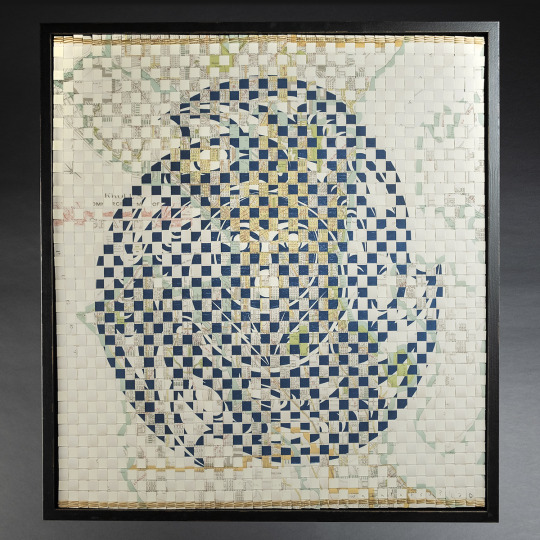
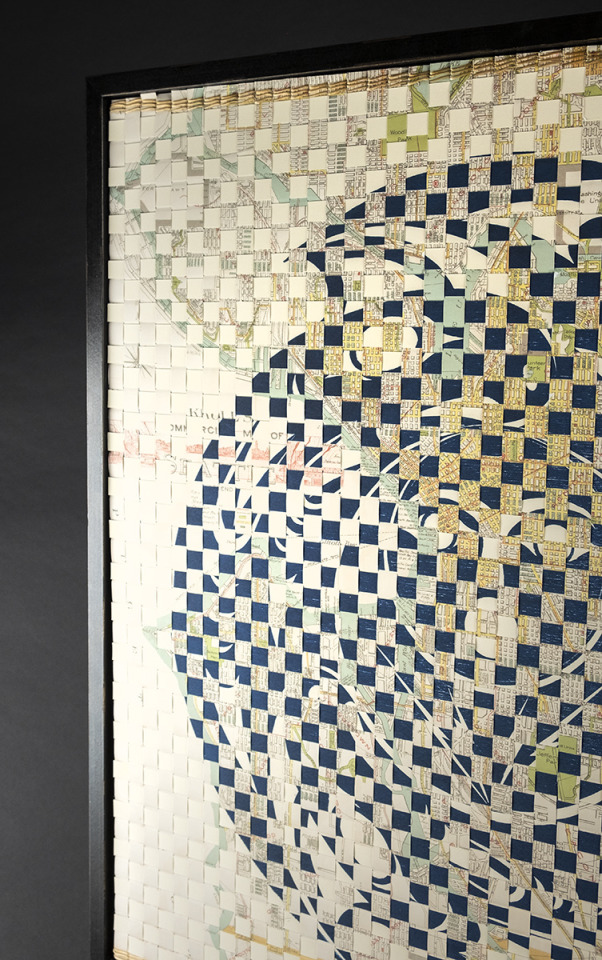
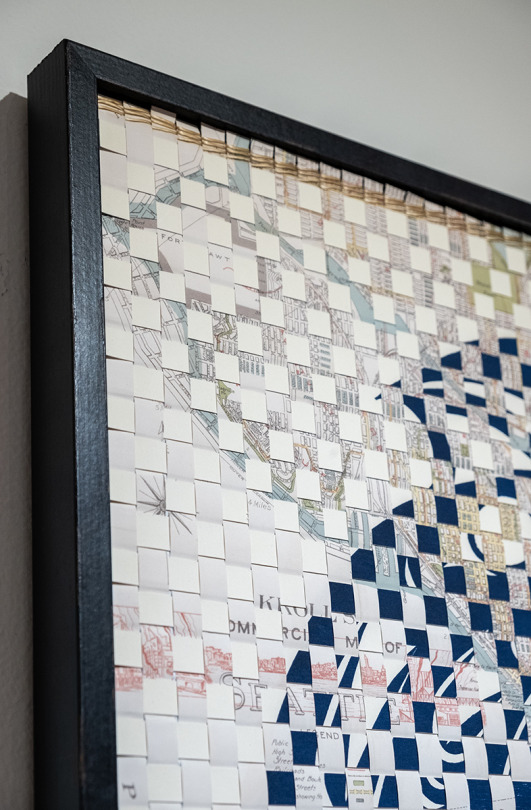
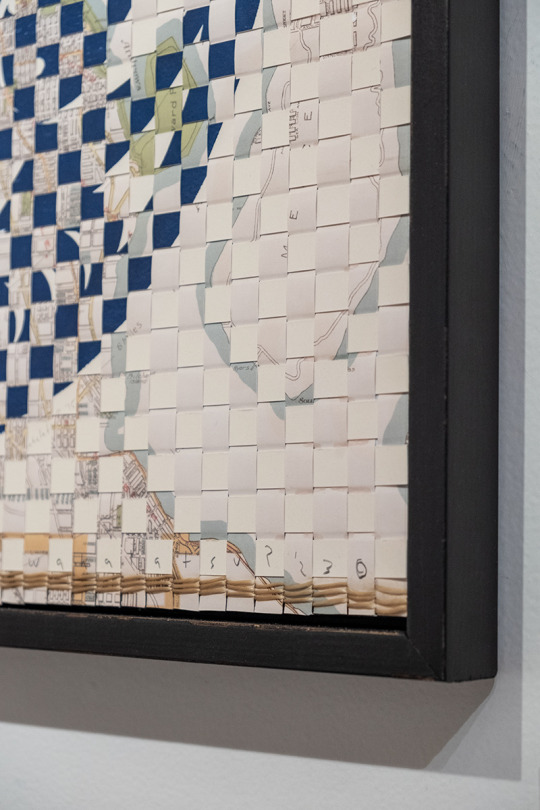
Our Culture Is Woven Into the Land
Joe Wahalatsu? Seymour Jr. (Squaxin/Acoma Pueblo)
woven paper, synthetic sinew, framing. 32.35” x 37.75”
#weaving#joe seymour jr#wahalatsu?#joe wahalatsu? seymour jr#acoma pueblo#acoma#pueblo#squaxin#indigenous art#native art#first nations art#ndn art
24 notes
·
View notes
Photo
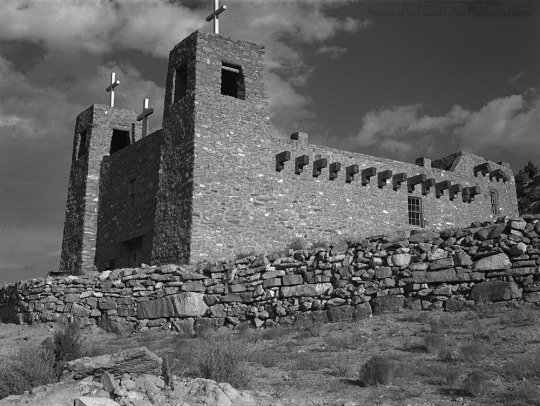
Mission church at McCartys, Acoma Pueblo, New Mexico
Photographer: John Candelario
Date: 1940 - 1950?
Negative Number: 165882
112 notes
·
View notes
Text
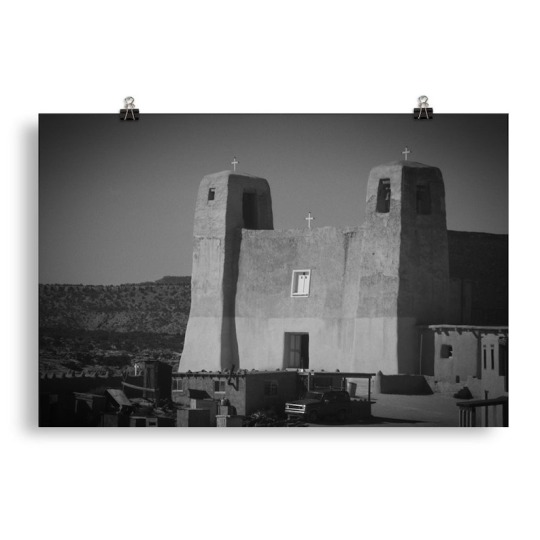
#photography#photographers on tumblr#my photos#35mm photography#35mm film#gallery#art print#new mexico#acoma pueblo#church#black & white
12 notes
·
View notes
Text
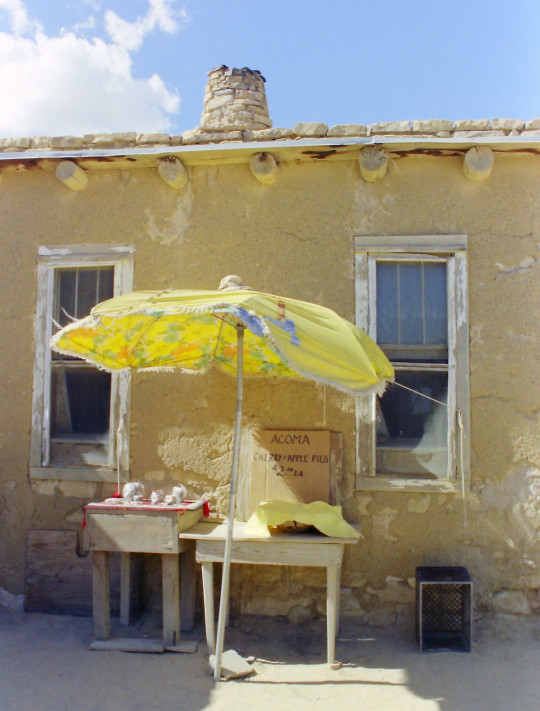
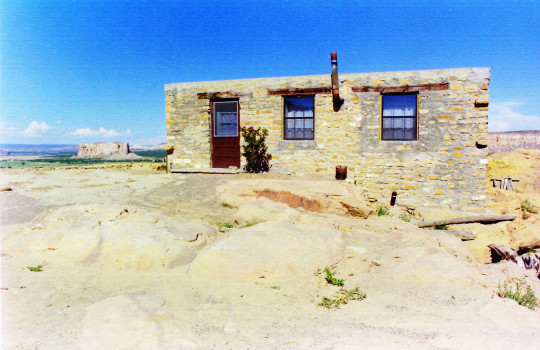
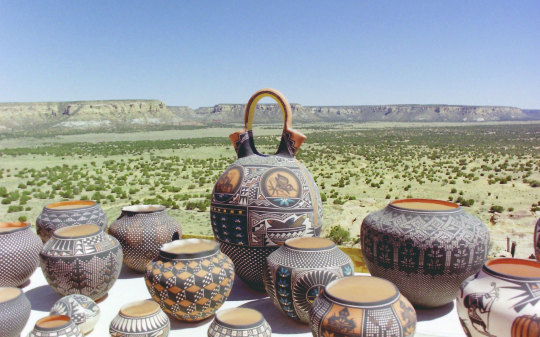
Acoma Pueblo New Mexico, 1950s (2) (3) by David Redman
12 notes
·
View notes
Text
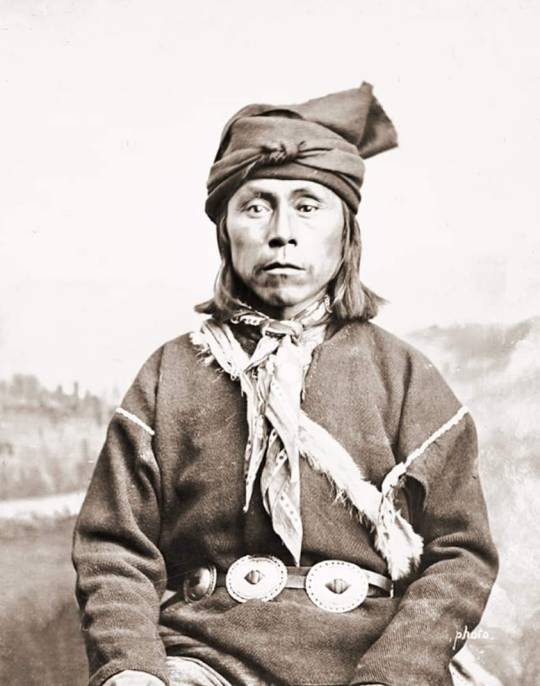
Native American Acoma ...
Andreas Ortis,
Acoma,
In Native Dress with Concha Belt
By- Hillers -1882
10 notes
·
View notes
Text

Acoma #pueblo Pueblo
(Above)
Seed jar signed by Emma Lewis, Acoma Pueblo, late 20 century Gift of Joe and Rosalie Dixle
3 notes
·
View notes
Text
#ndn look#southwest design#native american#indian art work#new mexico art#pueblo pottery#acoma sky city#Pueblo people#abstract art of the southwest#shawn vallo#ndnlook#indian look#shon vio
0 notes
Text
American latino heritage/san estévan del rey mission church

Church, Acoma Pueblo, 1941
Photo by Ansel Adams
San Estévan del Rey Mission Catholic Church
#ansel adams#church#@snowangelsoul#西班牙殖民建築#美國殖民風格建築#southern new mexico#san estéban del rey in acoma pueblo
59 notes
·
View notes
Text
Some Indigenous Poets to Read
Disclaimer: Some of these poems deal with pregnancy, colonialism, substance abuse, murder, death, and historical wrongs. Exercise caution.
Tacey M. Atsitty [Diné] : Anasazi, Lady Birds' Evening Meetings, Things to Do With a Monster.
Billy-Ray Belcourt [Cree] : NDN Homopoetics, If Our Bodies Could Rust, We Would Be Falling Apart, Love is a Moontime Teaching.
CooXooEii Black [Arapaho] : On Mindfulness, Some Notes on Vision, With Scraps We Made Sacred Food.
Trevino L. Brings Plenty [Lakota] : Unpack Poetic, Will, Massacre Song Foundation.
Julian Talamantez Brolaski [Apache] : Nobaude, murder on the gowanus, What To Say Upon Being Asked To Be Friends.
Gladys Cardiff [Cherokee] : Combing, Prayer to Fix The Affections, To Frighten a Storm.
Freddy Chicangana [Yanacuna] : Of Rivers, Footprints, We Still Have Life on This Earth.
Laura Da' [Shawnee] : Bead Workers, The Meadow Views: Sword and Symbolic History, A Mighty Pulverizing Machine.
Natalie Diaz [Mojave] : It Was The Animals, My Brother My Wound, The Facts of Art.
Heid E. Erdrich [Anishinaabe] : De'an, Elemental Conception, Ghost Prisoner.
Jennifer Elise Foerster [Mvskoke] : From "Coosa", Leaving Tulsa, The Other Side.
Eric Gansworth [Onondaga] : Bee, Eel, A Half-Life of Cardio-Pulmonary Function.
Joy Harjo [Muscogee] : An American Sunrise, Conflict Resolution for Holy Beings, A Map to The Next World.
Gordon Henry Jr. [Anishinaabe] : How Soon, On the Verve of Verbs, It Was Snowing on The Monuments.
Sy Hoahwah [Comanche/Arapaho] : Colors of The Comanche Nation Flag, Definitive Bright Morning, Typhoni.
LeAnne Howe [Choctaw] : A Duck's Tune, 1918, Iva Describes Her Deathbed.
Hugo Jamioy [Kamentsá] : PUNCTUAL, If You Don't Eat Anything, The Story of My People.
Layli Long Soldier [Lakota] : 38, WHEREAS, Obligations 2.
Janet McAdams [Muscogee] : Flood, The Hands of The Taino, Hunters, Gatherers.
Brandy Nālani McDougall [Kānaka Maoli] : He Mele Aloha no ka Niu, On Finding my Father's First Essay, The Island on Which I Love You.
dg nanouk okpik [Inupiaq-Inuit] : Cell Block on Chena River, Found, If Oil Is Drilled In Bristol Bay.
Simon J. Ortiz [Acoma Pueblo] : Becoming Human, Blind Curse, Busted Boy.
Sara Marie Ortiz [Acoma Pueblo] : Iyáani (Spirit, Breath, Life), Language (part of a compilation), Rush.
Alan Pelaez Lopez [Zapotec] : the afterlife of illegality, A Daily Prayer, Zapotec Crossers.
Tommy Pico [Kumeyaay] : From "Feed", from Junk, You Can't be an NDN Person in Today's World.
Craig Santos Perez [Chamorro] : (First Trimester), from Lisiensan Ga'lago, from "understory".
Cedar Sigo [Suquamish] : Cold Valley, Expensive Magic, Secrets of The Inner Mind.
M. L. Smoker [Assiniboine/Sioux] : Crosscurrent, Heart Butte, Montana, Another Attempt at Rescue.
Laura Tohe [Diné] : For Kathryn, Female Rain, Returning.
Gwen Nell Westerman [Cherokee/Dakota] : Dakota Homecoming, Covalent Bonds, Undivided Interest.
Karenne Wood [Monacan] : Apologies, Abracadabra, an Abecedarian, Chief Totopotamoi, 1654.
Lightning Round! Writers with poetry available on their sites:
Shonda Buchanan [Coharie, Cherokee, Choctaw].
Leonel Lienlaf [Mapuche].
Asani Charles [Choctaw/Chickasaw].
#first nations poetry#indigenous poetry#native american poetry#first nations literature#indigenous literature#poetry#all my relations#long post#nagamon
803 notes
·
View notes
Text
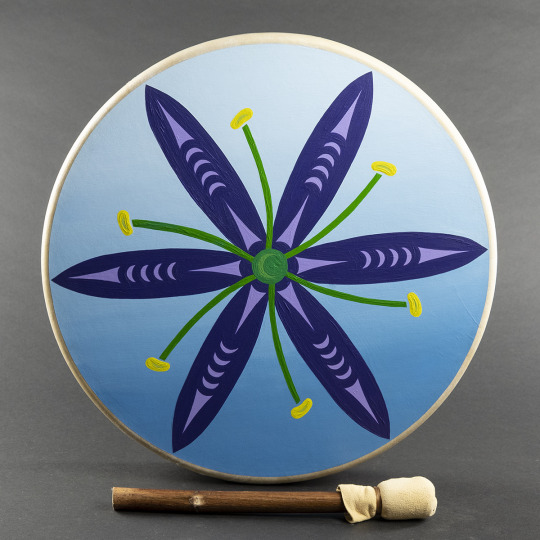
Camas Flower Drum
Joe Wahalatsu? Seymour, Jr (Squaxin/Acoma Pueblo)
deer hide, maple frame, acrylic paint. 17.38” x 17.38” x 3”
#joe seymour jr#wahalatsu?#squaxin#acoma pueblo#drums#instruments#native art#first nations art#indigenous art
27 notes
·
View notes
Text





"Acoma Pueblo is built atop a sheer-walled, 367-foot sandstone bluff in a valley studded with sacred, towering monoliths. Since 1150 A.D., Acoma Sky City has earned the reputation as the oldest continuously inhabited community in North America.
193 notes
·
View notes
Text
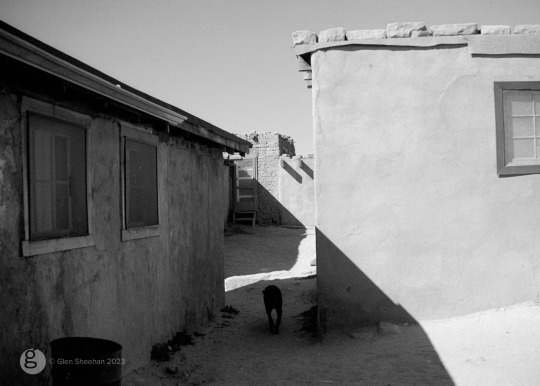
Acoma dog.
Redsam.com
#35mm photography#my photos#photography#new mexico#acoma pueblo#black & white#35mm film#35mm#photographers on tumblr
11 notes
·
View notes
Text
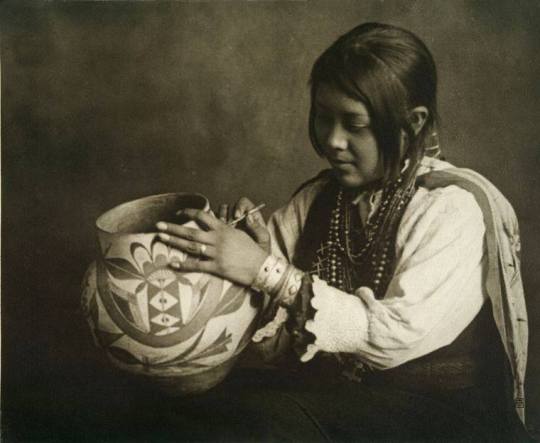



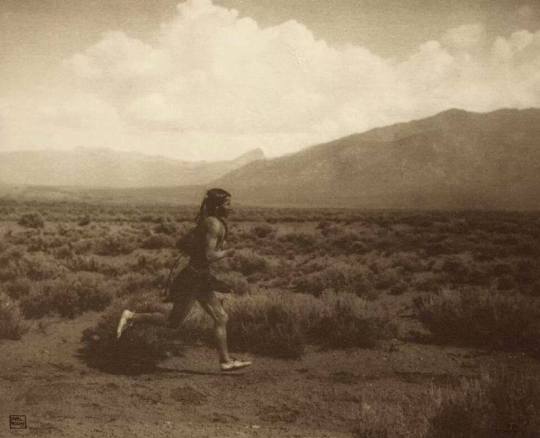


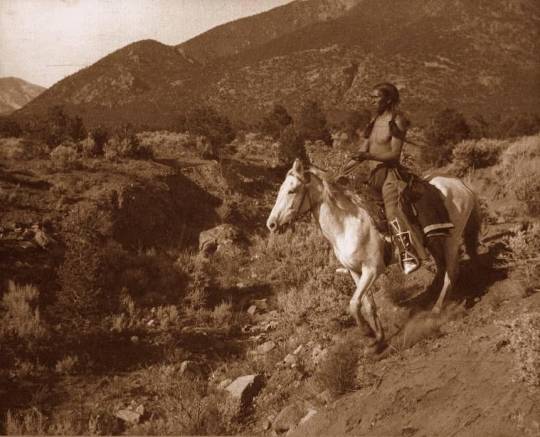




Carl E. Moon (American, 1878 – 1948) learned his craft as an apprentice to a photography studio. Subsequently he moved to Albuquerque, New Mexico, and opened his own studio, where he made pictorial studies of Indians that were living in the region.
In the early 1920's Moon established a studio in Pasadena, California, where he continued to photograph and paint. During the last three decades of this career, the Photographer produced works for Henry E. Huntington, published "Indians of the Southwest", and contributed illustrations for children's books written by his wife, Grace Purdie Moon.
The Pottery Maker, 1910
The Meeting Place, Taos: Border of New Mexico Near Colorado Line, 1908
Arrow Maker. Taos Pueblo, New Mexico. ca. 1904
The Flute Song, Taos Pueblo, New Mexico, 1900
A Taos Pueblo runner, 1914
Up the Acoma trail, Acoma Pueblo, New Mexico, ca. 1904
"The Black Jar", 1900
The Scout, Taos Mountains, New Mexico, 1904
Pedro Begay, Navajo, 1907
Hopi Mirror, Pool near Walpi, Arizona, 1900
Lotta Atsye, the chief’s daughter of the Laguna Pueblo, 1904
Haz-Pah, Navajo, 1914
132 notes
·
View notes
Text

Acoma Pueblo runners. New Mexico. 1909
35 notes
·
View notes
Text



• pueblo acoma, nm
on our way to albuquerque, we were able to tour the beautiful sky city in the mesa! acoma natives have lived in the mesa for over 2000 years. I'm still so amazed by that.
#road tripping#it was the highlight of the trip#a sweet woman who lives there also makes the best tamale pies ive ever tasted#i will literally drive the 8 hours again to buy more#new mexico#kikitalkz
21 notes
·
View notes